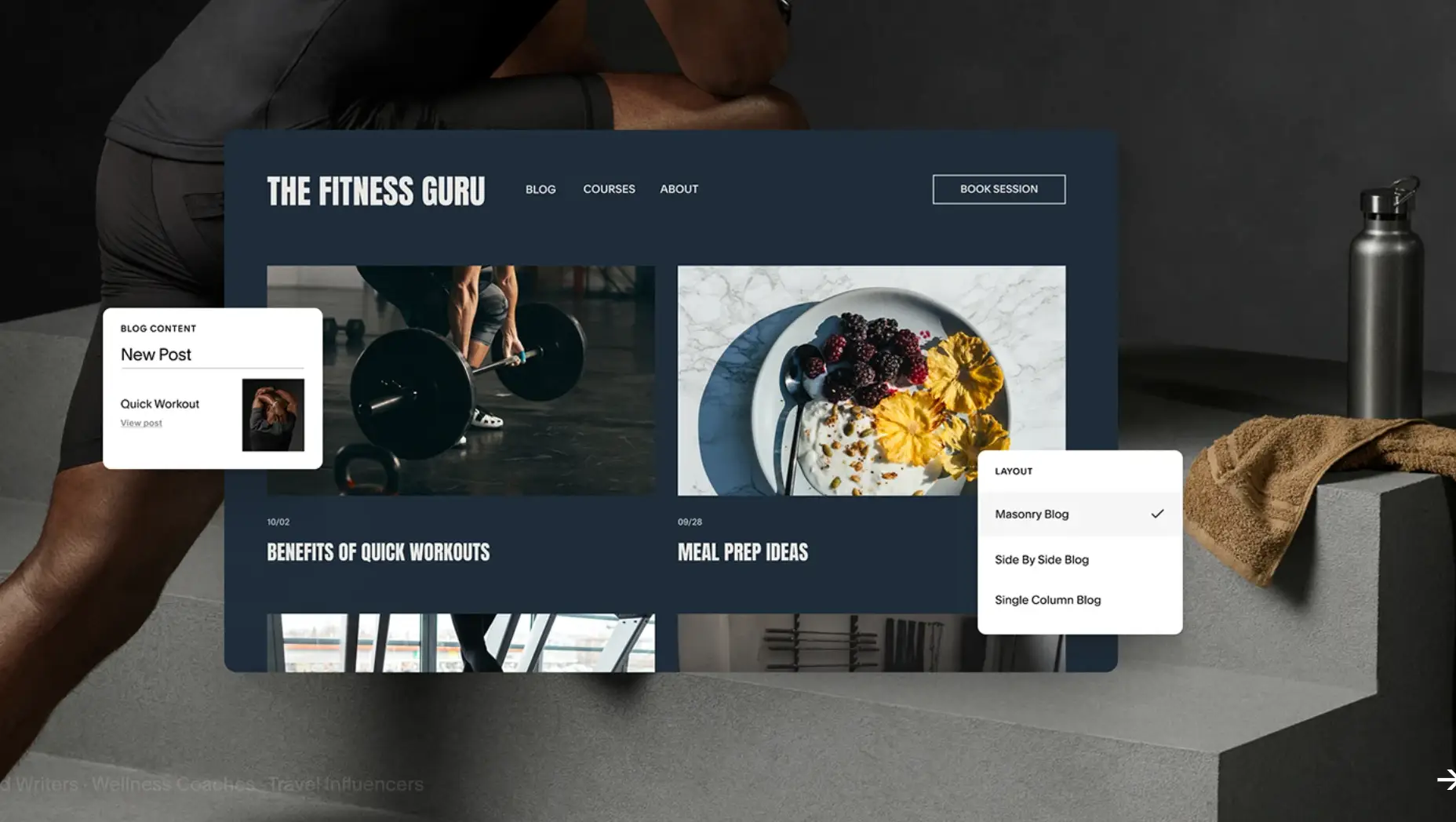Developing a Unique Value Proposition (UVP): Make Them Choose You
Updated on
Published on

A strong unique value proposition is the shortest, sharpest answer to “Why should I choose you—today?” It bridges your customer’s job-to-be-done with a promise you can reliably deliver and prove. When you know how to create a value proposition for your brand, you stop competing on noise and discounts and start competing on outcomes, confidence, and fit. Below is a practical, step-by-step playbook for crafting a UVP and putting that value proposition in marketing (and in product, sales, and success) so the promise is felt, not just read.
At a glance — the UVP playbook
- Understand the job, pain, and desired outcome of your best-fit customer.
- Name the real alternatives (including “do nothing”) you must beat.
- Choose one “sharp edge” (speed, savings, certainty, status) and quantify it.
- Write a one-sentence value proposition and back it with 3 proofs.
- Ship it across web, ads, emails, sales, onboarding—then test and refine.
1) Start with the customer’s job (not your features)
A persuasive unique value proposition starts with what customers are trying to get done—not with what you sell. Jobs usually include a functional goal (finish a task), an emotional goal (feel confident), and a social goal (look competent in front of peers). When you map jobs, you uncover what “better” really means: faster handoffs for a RevOps lead, calmer mornings for a parent, fewer reworks for a contractor. Write these in your customer’s words and you’ll naturally pull your value proposition in marketing toward outcomes rather than features. Example: “Recruiting teams want to reduce time-to-first-interview by 50% without drowning in scheduling.” That sentence already hints at a testable UVP.

2) Capture pains, gains, and measurable outcomes
Turn those jobs into a short list of pains (delays, errors, cost overruns, risk) and gains (time back, budget saved, confidence, status). Then translate each into a measurable outcome—hours saved per week, cost avoided per quarter, win-rate lift, error-rate drop. The exercise forces specificity: “Fewer meetings” becomes “two meetings replaced by a 3-minute async update,” which is far easier to promise and prove. Your value proposition lives in this translation from vague aspirations to quantified results.
3) Define the real competition—including “do nothing”
Most UVPs die because they ignore the default choice: keep the current workaround. List the actual options your buyer considers (incumbent vendor, spreadsheet, an intern, an agency, or postponing the decision). For each, write one honest advantage they have (price, familiarity, ecosystem) and the exact counter you offer (lower total cost of ownership, faster setup, superior reliability, compliance). If your value proposition in marketing can’t beat “do nothing” in two lines, refine the promise or the segment.

4) Pick a sharp edge you can sustain
Great brands choose one primary edge and build everything around it:
- Speed (time-to-value, time-to-resolution)
- Savings (hard dollars, capacity released)
- Certainty (lower risk, compliance, fewer reworks)
- Status (signal, experience, brand cachet)
Pick the edge your product consistently achieves, then align price, onboarding, service levels, and proof. For instance, if “speed” is your edge, your plan tiers should highlight faster SLAs and prebuilt templates; your ads should show before/after timelines; your case studies should quantify launch times. A focused unique value proposition compounds because every touchpoint reinforces the same win. On mobile, 53% of visits are abandoned if a page takes longer than 3 seconds to load, so speed isn’t just UX—it’s a UVP customers notice (Think with Google – The Need for Mobile Speed).
5) Write the one-sentence UVP (then add the proof)
Keep the sentence plain and testable: We help [audience] achieve [specific outcome] without [biggest pain]. Examples:
- B2B: “We help revenue teams cut quote approval from 5 days to 2 hours—without adding headcount.”
- B2C: “We help busy parents get a chef-planned, 20-minute dinner on the table—without grocery runs.”
Place this on your homepage hero and product pages. Immediately beneath, add three proof bullets (metrics, logos, certifications, or quotes). The combo—short promise + nearby evidence—turns your value proposition in marketing into a repeatable pattern users can trust.

6) Back claims with believable evidence
Replace adjectives with numbers and third-party proof. Use before/after metrics from real customers, independent certifications or audits, expert partnerships, and named testimonials that tie directly to the promised outcome. Add context to every number (baseline, timeframe, sample size). “Cut onboarding from 14 days to 48 hours for 126 teams in Q1” beats “fast onboarding.”
7) Build a messaging ladder you can reuse
Your UVP sits at the top of a simple ladder:
- UVP (one sentence).
- How it works (one line: “Templates + automations = 2-hour quotes”).
- Benefits (3–5 outcome bullets).
- Features (only those that drive the benefits).
- CTA (start trial, book demo, get a quote).
This ladder keeps your unique value proposition consistent across your homepage, pricing page, ads, emails, sales deck, and product tour. When every channel tells the same short story, recall and conversion rise. Making copy concise, scannable, and objective can improve measured usability by 124%—exactly why a tight ladder outperforms long prose (Nielsen Norman Group).

8) Test the promise before you scale it
Treat the UVP like a product hypothesis. A/B test headlines, subheads, and benefit bullets on high-traffic pages or paid landing pages; measure CTR to product pages, demo/booked-call rate, and qualified pipeline. Pair quantitative tests with 5-minute customer interviews: ask, “Which line made you want to click?” and “Which proof convinced you?” A week of focused testing can turn a merely good value proposition in marketing into a line that lifts conversion for months.
9) Operationalize the UVP (make the promise true)
The fastest way to ruin a value proposition is to promise what operations can’t deliver. Map the moments of truth (first reply time, onboarding duration, first value, support SLAs). Then remove friction you explicitly promised to remove. If “certainty” is your edge, publish public status pages, uptime histories, security docs, and clear escalations. If “savings” is your edge, surface total cost comparisons and automatic usage alerts. A UVP is only unique if the experience makes it feel true. In B2B, 77% of buyers say their last purchase was complex or difficult, which is why sticking with the status quo often beats weak promises (Gartner – B2B Buying Journey).

10) Publish everywhere, measure, refresh quarterly
Once the UVP works, ship it everywhere your brand speaks: hero copy, social bios, ad headlines, email intros, sales decks, proposal covers, onboarding checklists, even support macros. Add two KPIs to your dashboard that reflect the promise (e.g., time-to-first-value and demo-to-close rate for a speed UVP). Review the UVP every 90 days; swap in fresher proofs, refine wording based on sales objections, and, if needed, retarget a sharper segment. A living unique value proposition keeps you relevant as customer jobs evolve.
Quick UVP templates (copy, paste, customize)
Outcome + no-pain (general):
We help [audience] achieve [specific outcome] without [biggest pain].
Speed edge:
We get [result] in [timeframe], not [old timeframe]—without [resource you can’t add].
Savings edge:
Save [amount/percentage] on [cost line] with [solution], without sacrificing [quality/compliance].
Certainty edge:
[Outcome] with [SLA/compliance/uptime], so you never worry about [risk].
Status/experience edge:
Own [benefit] with design and service your peers notice—no learning curve required.
Examples to calibrate your own UVP
- Fintech (SMB): “Get paid 3× faster with instant invoice links—no new software or merchant account.”
- Dev-tool (enterprise): “Cut incident MTTR from 2 hours to 15 minutes with auto-correlated alerts—without ripping out your current stack.”
- Wellness (consumer): “Daily personalized plans that lower stress in 7 minutes—no subscriptions or wearables.”
FAQ
What is a unique value proposition?
A one-sentence promise that explains the specific outcome you deliver for a defined customer and why you’re the best choice right now.
How do I create a value proposition for your brand?
Interview customers to map jobs, pains, and gains; pick a primary edge; write a one-sentence value proposition; add 3 proofs; test; and operationalize.
Where should a value proposition live in marketing?
Hero section of your site, ads, email intros, sales deck openers, product tours, proposals, and onboarding—anywhere a decision starts.
How specific should it be?
Specific enough to be testable (time saved, cost avoided, risk reduced), and credible with named proof.
What if I serve multiple segments?
Keep a master UVP, then create segment variants by swapping audience and the primary outcome while keeping the same core promise and proof.
Make Your UVP Do the Work
Clarity compounds. When your unique value proposition is specific, testable, and backed by proof, you give every team—product, marketing, sales, and success—a single line to execute against. That’s how a sentence becomes a system, and how a system turns into growth.







